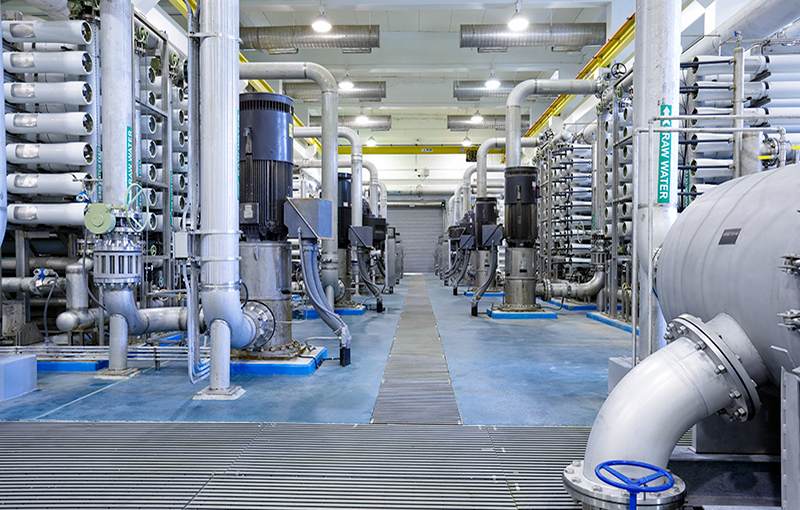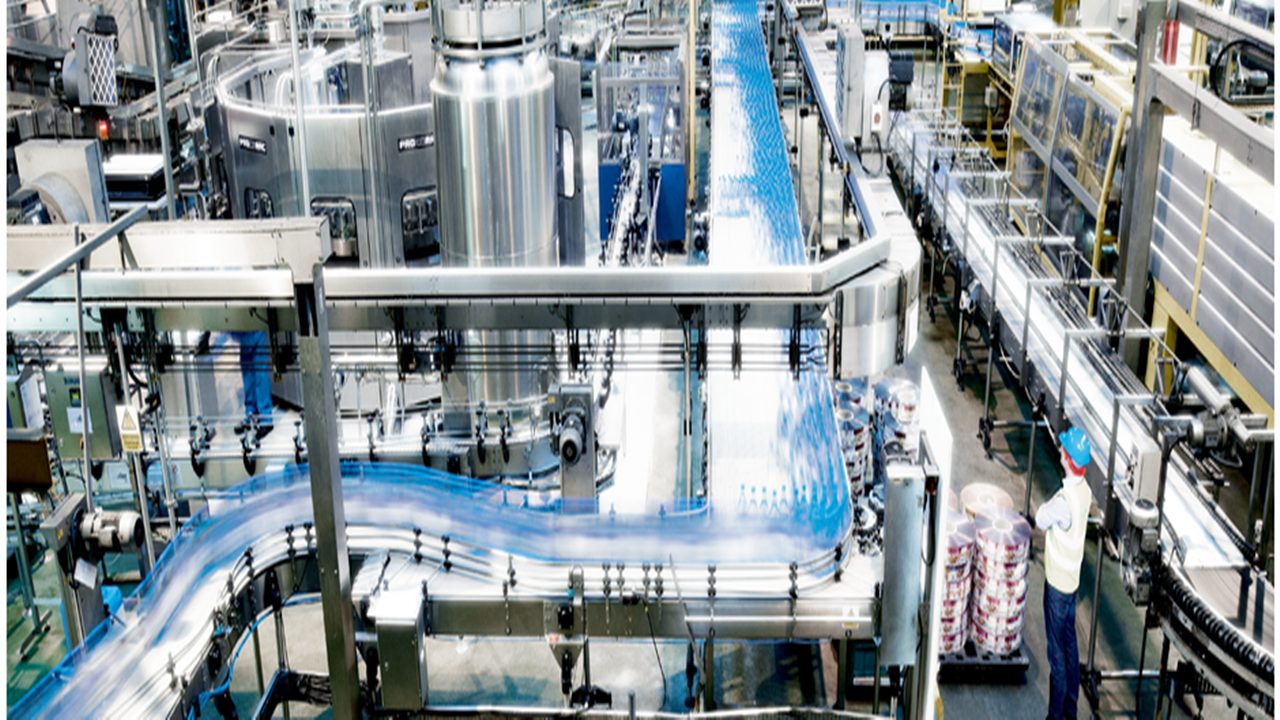
Five Ways Industrial Automation Helps in Wastewater Treatment
In this article, we’ll cover some of the ways that Automation helps in Wastewater Treatment. Some examples include data-gathering systems, pump performance, and aeration. We’ll also look at how automated solutions can reduce human burdens. Automation is the future of wastewater treatment, and it’s here to stay. Here are five ways it can help. All of them are beneficial to your company. Hopefully, you’ll find one that suits your needs.
Automating pump performance
A smart automation system can improve the overall efficiency of pump performance in wastewater treatment facilities. The use of intelligent analytics allows plant managers to evaluate overall efficiencies and costs of operations. Using predictive analytics, plant operators can detect pump performance problems before they happen. The benefits of smart automation are many and include:
Advanced motor controls are designed to control pump performance. They minimize energy consumption by reducing motor horsepower. By selecting the right motor controls, energy savings can be as much as 20% to 50%. Pump motor control is dependent on horsepower load. Contactors are divided into main contacts and auxiliary contacts that serve as signaling circuits. The main contactor, or NEMA, carries current. The secondary contacts are only used as a safety measure.
Automating data-gathering systems
Plant Automation improves the process of wastewater treatment. The data provided by automated systems allows plant operators to reduce chemical additives and extend equipment life. A wastewater treatment plant’s control room also has access to this data. By using remote and online monitoring, data from wastewater treatment facilities can be analyzed. By analyzing data, plant operators can make better use of their resources and maximize their return on investment. Automation also helps reduce operating expenses.
The automation of wastewater treatment processes helps optimize the use of chemicals, minimize waste and ensure the proper handling of solids. The increased efficiency of wastewater treatment plants will also help them avoid fines for breaching discharge permits. Automation also saves labor resources and employee time, allowing operators to engage in more valuable activities. In addition, wastewater treatment facilities can monitor the pH level in water holding tanks and the depth of slush beds.
Automating aeration
Automation has the potential to reduce energy consumption and maximize process efficiency. Often, aeration basin blowers account for up to 60 percent of plant energy costs. By automating aeration basins, operators can deliver precisely measured amounts of air, thereby removing solids more effectively. Additionally, automated aeration basins can be programmed to remove specific amounts of solids when needed, thereby reducing overall energy costs.
Another strategy for aeration control is called feed forward control. This strategy involves measuring the load in the wastewater basin and adjusting the valves and blowers to match the level. It requires a reasonably accurate model of the influent and effluent so that the process can meet regulated DO levels. This strategy is preferred over feedback control in peak-loading situations and produces higher-quality effluent consistently.
Reducing human burdens
Reducing human burdens in wastewater treatment has become increasingly important as the world becomes more resource-constrained. The vast majority of wastewater is released into the environment without treatment, having negative impacts on human health. The quality of ambient freshwater resources, ecosystems, and economic productivity. Although wastewater is an essential part of the water cycle. It is still viewed as a nuisance and a burden to be disposed of. Fortunately, wastewater can be used to make valuable by-products and can help to combat the growing threat of water scarcity.
The report also highlights the link between inadequate treatment and poor sanitation. The prevalence of poor sanitation is associated with higher rates of disease mortality. In addition, wastewater treatment is associated with better public health. In developing countries, sanitation coverage is a major determinant of public health. Providing sanitation is essential for reducing the burdens of disease. The State of the World report highlights the benefits of improved sanitation. Reducing human burdens in wastewater treatment will improve public health, a key indicator of public health.
Reducing energy costs
Minimizing energy costs in wastewater treatment is a top priority for many utilities. The wastewater treatment industry has a high energy usage and no single recommended scenario for energy self-sufficiency. By increasing energy efficiency, wastewater treatment facilities can reduce potential operating costs, improve effluent quality, and reduce their carbon footprint. Energy efficiency techniques can be divided into two main categories. Operational modifications and innovative wastewater treatment technologies.
Biochemical treatment converts organic matter to biomass energy. The chemical energy is then captured from the wastewater constituents and converted into renewable fuels. In recent laboratory tests, this biochemical process was able to handle wastewater with a COD concentration of 90-97%, and produced 0.94 kWh of energy per m3. With this level of efficiency, the system would be an attractive choice for small towns or remote communities.
Meeting regulatory requirements
Meeting regulatory requirements with automation in wastewater treatment can save companies money in the long run. Automated wastewater treatment systems reduce the cost of labor, treatment, and disposal. Using automated systems will help aerospace companies meet federal and local requirements for wastewater treatment. Failing to do so could result in severe fines. For example, the EPA has identified 65 pollutants as toxic and 126 as priority toxic pollutants. Automating these processes will reduce the risk of violations and allow companies to plan ahead for future needs.
Automated wastewater treatment systems remove the need for in-person monitoring. Machines separate contaminants, encapsulate them, and produce dewatered sludge that can be used again. Automated wastewater treatment systems can also meet the requirements of the Environmental Protection Agency. By eliminating human oversight, automated wastewater treatment systems can reduce operating costs. Companies can use automated wastewater treatment systems in both large and small operations.


